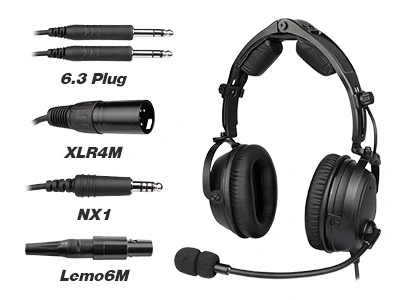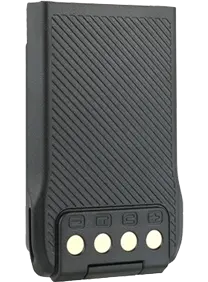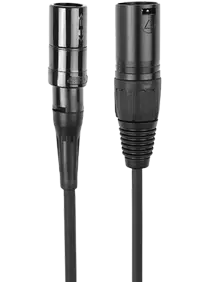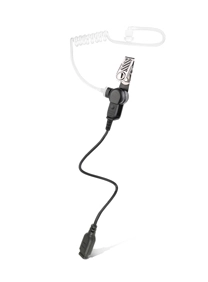Hurricane season is a global challenge, and June through November is the time when this disaster is common. 2024 In early July, Hurricane Beryl struck the eastern Pacific Ocean, causing widespread damage and flooding, As of August 27, preliminary damage estimates are more than US$6.86 billion.
.jpg)
Just two months later, Typhoon Yagi rapidly intensified and became a super typhoon by early September, making multiple landfalls across East Asia. Damage and casualties from the hurricane were widespread.
A hurricane is a large storm. It is made of spiraling winds that can travel up to 200 miles per hour! Hurricanes gather heat and energy from warm ocean water. Hurricanes travel in a counterclockwise direction. The center of a hurricane is called the “eye.” The eye of the hurricane is very calm, while the rest of the storm consists of heavy rain, strong wind, or large waves.
The World Meteorological Organization names hurricanes. The organization uses different sets of names depending on which region of the world the storm is in. Names alternate from women's names to men's names. If a hurricane does significant damage, the name is retired from the list.
When a hurricane hits, everything changes in an instant. Homes and roads were flooded as hurricane passed nearby. Also, roofs, trees and electrical posts were damaged. It’s not just the initial destruction—hurricanes often bring more than just strong winds. Torrential rain, lightning, storm surges, even tornadoes and hailstorms can follow in their wake. The devastation is overwhelming. Infrastructures fail, power lines go down, and communication networks collapse, leaving entire regions cut off.
Once the storm passes, rescue teams mobilize, racing to the hardest-hit areas. But how do they coordinate their efforts? The answer: shoulder microphones. These compact devices become lifelines in the middle of the disaster, transforming confusion into coordinated action. Hands-free and reliable, they allow rescue teams to focus on what matters most: saving lives, even in the toughest conditions.
.jpg)
Dual-layer protection: It has an emergency button at the top of the device which in case of emergencies is easily accessed providing safety for the search and rescue teams and the general public.
Clear communication: The high-output speaker delivers HD sound quality, ensuring that critical communication is heard loud and clear. Communication is not easy to ignore.
Durable design: This speaker microphone has an IP67 rating that protects it from water and dust and is resistant to high temperatures to ensure it can work in the toughest of conditions.
Hands-Free Operation: Double Push-To-Talk button from the side and front, allows search and rescue crews to be completely mobile during missions. Rescuers can focus on saving lives and operating more conveniently.
Reliable Connectivity: Seamless integration with two-way radios ensures uninterrupted communication.
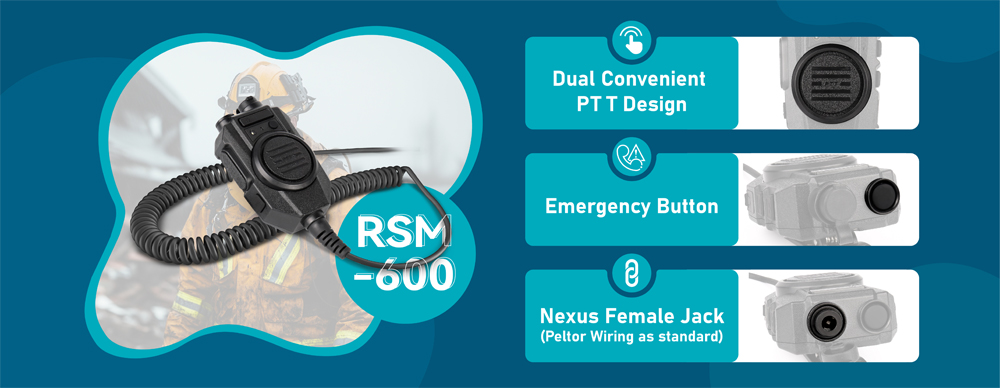
By combining these features, the shoulder microphone RSM-600 becomes an essential communication tool during hurricane relief.
Equip rescue teams with the right tools to save lives. In a disaster, every second counts. By supporting equipment upgrades, you're helping make communication clearer and rescue operations quicker. RayTalk provides high-quality radio communication accessories that fit perfectly into any emergency plan.

